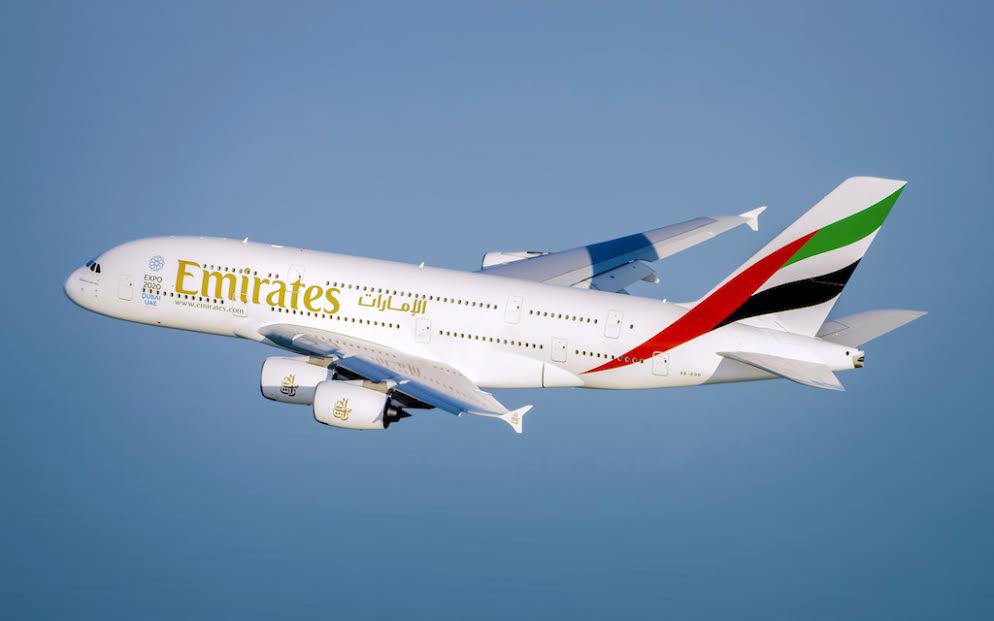Nairobi, 19 May 2017 – Key global consumer themes are now also evident and relevant in Africa. Combined with new technologies this presents Africans with a real opportunity to participate as producers and suppliers of consumer products in the world’s rapidly evolving and expanding consumer market.
For too long Africa has been viewed as an exciting new market for a narrow range of globally produced and marketed consumer products. Today, however, the full range of global consumer themes – including health and wellness, convenience, indulgence, low/no calories and food protection – are now also major themes in Africa. This not only presents global marketers with a wider market, but also, “provides Africans with an opportunity to participate in the global consumer sector – as producers and suppliers – of new and innovative products that speak to global consumer trends,” says Brendan Grundlingh, Executive, Consumer Client Coverage Standard Bank.
As Africans adapt and combine technologies to service both local and global consumer opportunities, a world of new consumer product, service and support opportunities are emerging on the continent.
There is huge opportunity, for example, for existing digital and new speech technology to utilise algorithms around discounting a basic basket of goods – targeting lower income households in Africa, for example. Innovation in e-commerce focussed on digitally acquired consumer insights combining new distribution models, including, perhaps, delivery of goods or even medicines via drone to remote locations, is also presenting huge opportunity in Africa’s direct-to-consumer space.
The fact that global consumer trends are increasingly favouring the niche and the local over the global and the general presents Africa with further opportunity. While this is part of a broader trend towards sustainability and social and economic justice in production and consumption, it has meant that increasingly – and in Africa too – larger multinationals that previously dominated the personal care sector, for example, are either losing out to smaller local players, “or are being forced to buy out and incorporate the offerings of local champions into their brands,” says Mr Grundlingh. As such, looking ahead in Africa there is scope for smaller niche players – at home with ethnic and cultural diversity, for example – to win market share from larger multinational companies by using, “the smart, the small, and the local, to scale products though innovation – or bring new technologies to delivery and service,” he explains.
Africa’s large, growing and increasingly urbanised millennial population has a high expectation of integrity from brands, products and services. This is also likely to drive rapid change, and innovation, in how Africa’s consumer sector understands and meets holistic wellness themes in food and lifestyle.
With health and wellness emerging as strong consumer theme in Africa over the last five years, food providers that previously provided a handful of products now have an opportunity to develop an integrated range of healthy food products – across the full human life cycle. With people living longer, for example, there is also a greater focus on, “early life and medical nutrition, healthier water and plant based beverages, sustainable foods, zero net carbon food production technologies, trusted origin and sustainable agriculture,” adds Mr Grundlingh.
Given Africa’s natural agricultural advantages – 60% of the world’s unused arable land, abundant water supply in many parts of the continent, and 80% of Africa’s population already involved in agriculture – the scope for innovation in food production, beneficiation, supply and distribution through the adaptation and application of new technologies is vast. Add to this innovation in adapting to climate change – sustaining food production through drought or other extreme weather events – and the scope for new product and service development in the agricultural sector gets even wider.
Food production and supply innovation also play well to Africa’s strong medical consumer themes. The bulk of Africa’s heath challenges are related, directly or indirectly, to food and nutrition. Globally, obesity kills three times more people than malnutrition. In sub-Saharan Africa, 70% of South African females for example are obese and approximately one in three people are undernourished. HIV/AIDS, respiratory infections and diarrhoea remain Africa’s biggest causes of death. All are partially combated or exacerbated by diet. Again, “the nexus between food and health, combined with disruptive technologies, presents broad opportunity for Africa to adapt, evolve and service new consumer themes – and markets – in these areas,” says Mr Grundlingh.
Understanding that in today’s consumer environment change is a constant – to be worked with, not resisted – will also allow Africans to leverage existing and innovate new consumer opportunities. Much of this change in Africa is driven by the same global sustainability and health and wellness concerns evident in the rest of the world. For example, Kenya has become the latest African country to ban plastic bags due their negative environmental impact. Soon the kind of change that global reactions to sugar have driven in food and beverage evolution will very soon drive change in Africa too. For example, large soft drink multinationals – many of them with products unchanged for almost a century – are rapidly developing entirely new product ranges, marketing philosophies and distribution technologies as, increasingly, global populations turn away from sugar.
There is no doubt that the global themes that have shaped consumer trends in the rest of the world are also present in Africa today. What is different in Africa, however, is that these themes are evolving in a very different demographic, cultural, spatial and infrastructural environment, “amongst populations that have proved much quicker at successfully adopting and adapting new mobile technologies,” says Mr Grundlingh. “As a bank present in over 20 African economies, we are able to recognise – and support – the huge consumer opportunity that is currently unfolding across Africa,” he adds.
The most exciting aspect of this evolution is that beyond the continent’s rapidly evolving domestic consumer landscape, “Africa is, today, evidencing a strong ability to absorb consumer themes from the rest of the world, adapt these locally, and export new consumer combinations to the rest of the world,” says Mr Grundlingh. “This is likely to make Africa an important global player in the world’s consumer landscape, not only as a recipient market – but also as a global originator, producer and exporter of consumer products and services.”




